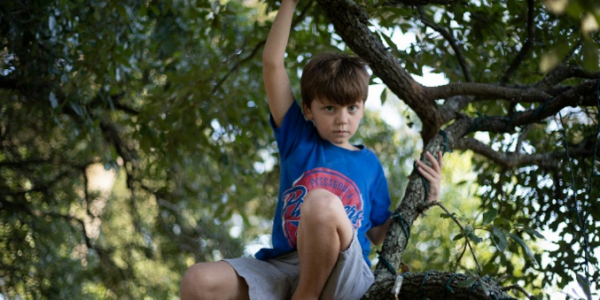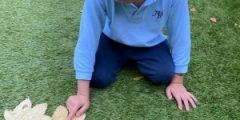Is it possible to abolish primary homework? A view from Norway
March 25, 2024
In this post, Rachel Lehner-Mear revisits the place of primary homework with an international eye. I recently came across a report documenting the introduction of a ‘no homework policy’ in one Norwegian municipality. This is not the first time the idea of a homework ban has been discussed in Norway. In 2015, a coalition of …
A classroom for everyone – designing an inclusive learning environment
September 7, 2023
In this blog, Rachel Tunney explains what to consider when designing an inclusive classroom learning environment. Her ideas link to previous blogs in the series, including a recent one on supporting children’s mental health through everyday class-based habits. Creating a classroom environment where pupils feel happy, safe, and a valued part of a community is …
Anti-racism within Initial Teacher Education
July 10, 2023
In this blog, Esther Fulton discusses the key points from her attendance at the first Anti-Racism Conference for Initial Teacher Education (ITE) providers, considering how this could lead to embedding an anti-racism curriculum in both centre-based and school-based parts of ITE. Why the need for anti-racism? Inclusion refers to the act or practice of including …
Moving beyond rigidly sticking to ‘My-turn, Our-turn, Your-turn’
June 5, 2023
In this post, Marc North problematises the rigid way in which the ‘My-turn, Our-turn, Your-turn’ approach is applied in some classrooms. There are a number of approaches common in schools at the moment that atomise teaching into a series of clearly defined actions. Rosenshine’s Principles of Instruction is a particularly popular example of this. …
From teaching world religions to teaching worldviews: Looking for the stories
May 2, 2023
In this blog, Dr Anne Lumb, Diocesan Schools Adviser, makes the case for taking a worldview approach to teaching primary RE and offers practical advice for getting started. Introduction Everyone loves a good story, from the youngest to the oldest. Story is the way we communicate, explore and discover meaning and purpose in our lives. …
Spreading the Word: Podcasting in the Primary Classroom
March 27, 2023
In this blog, Jenny Hinton from Parkdale Primary School in Nottingham shares her experiences of integrating technology and, more specifically, podcasting in the classroom. An informed approach to integrating technology in the classroom At Parkdale, we’re proud of our digital journey! In my role as Digital Lead and Teaching & Learning Lead, I have an …
Counting Collections: the importance of manipulating objects in early number learning
February 20, 2023
In this blog post Catherine Gripton explores the importance of ‘hands on’ experiences for early number learning and ‘Counting Collections’ as a systematic approach to provide them. Learning to count is complex, requiring regular practice over time Learning to count to 20 takes children approximately four years (primarily between the ages of 2 and 6). …
Practice makes perfect
January 9, 2023
In a guest post this month, Jane Morris from the University of Cumbria, reflects on the possible implications for teachers using some insights from cognitive research and neuroscience, linking them to past posts in this series. The ITT Core Content Framework defines two types of content that need to be delivered to comply with the …
Paving the path to happiness: supporting children’s mental health in the primary classroom
December 5, 2022
As teachers, we are all very aware of the rapidly increasing rate of mental health difficulties in children and adolescents within our schools. In this blog, Flo Nattrass, Mental Health Lead at Burbage Junior School in Leicestershire shares strategies for responding to this challenge. Flo also has an MSc in child and adolescent mental health. …
Primary-Secondary transition
September 13, 2021
As schools return and a new cohort of Year 7s begin, John Perry reflects on the move from primary to secondary education and how primary teachers can support this process over the coming year. A minute ago it was June. Now the weather is September. The crops are high, about to be cut, bright, golden. …










